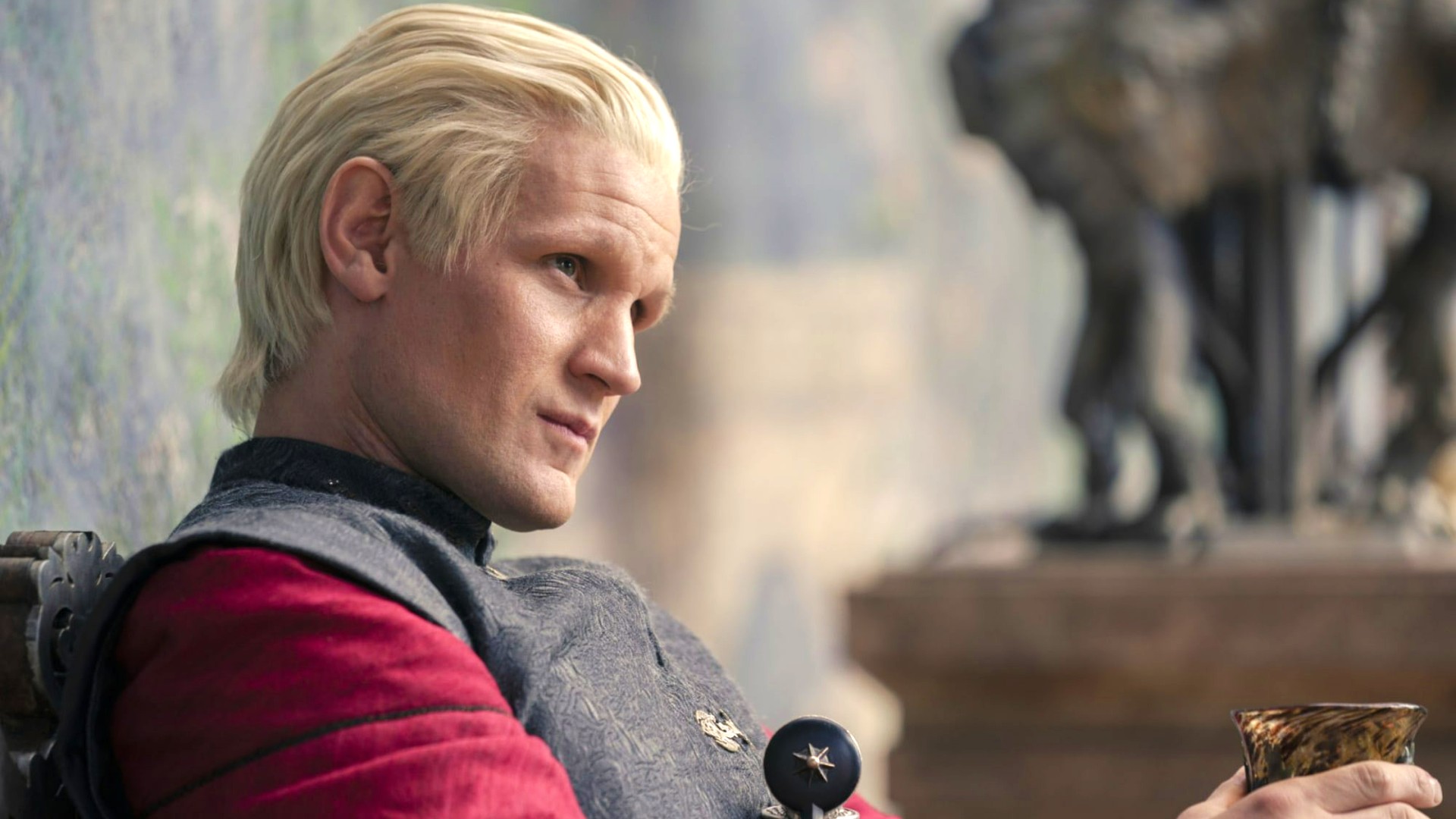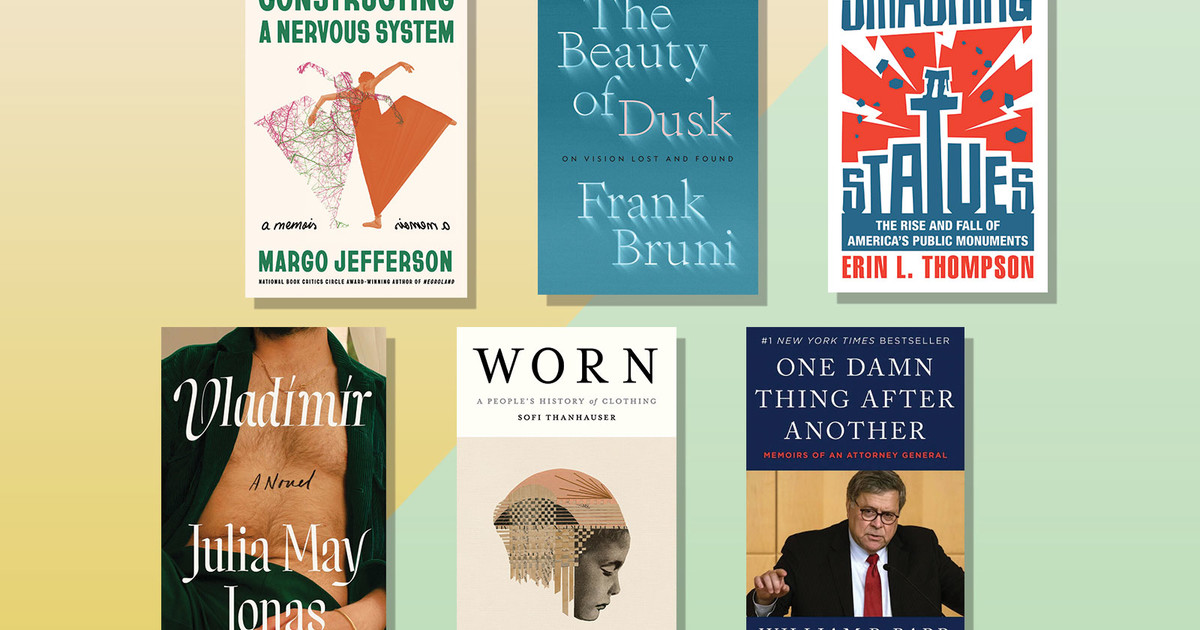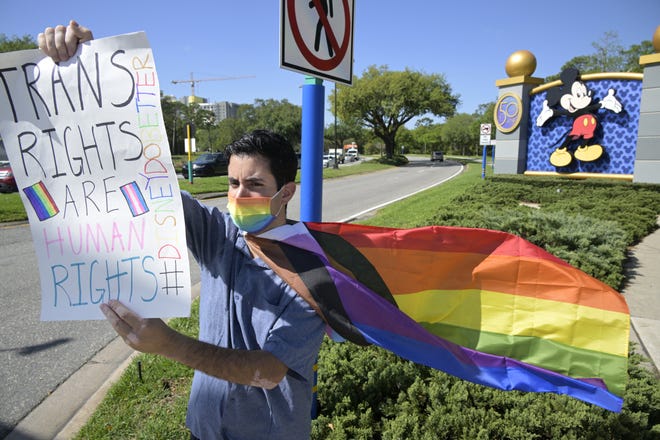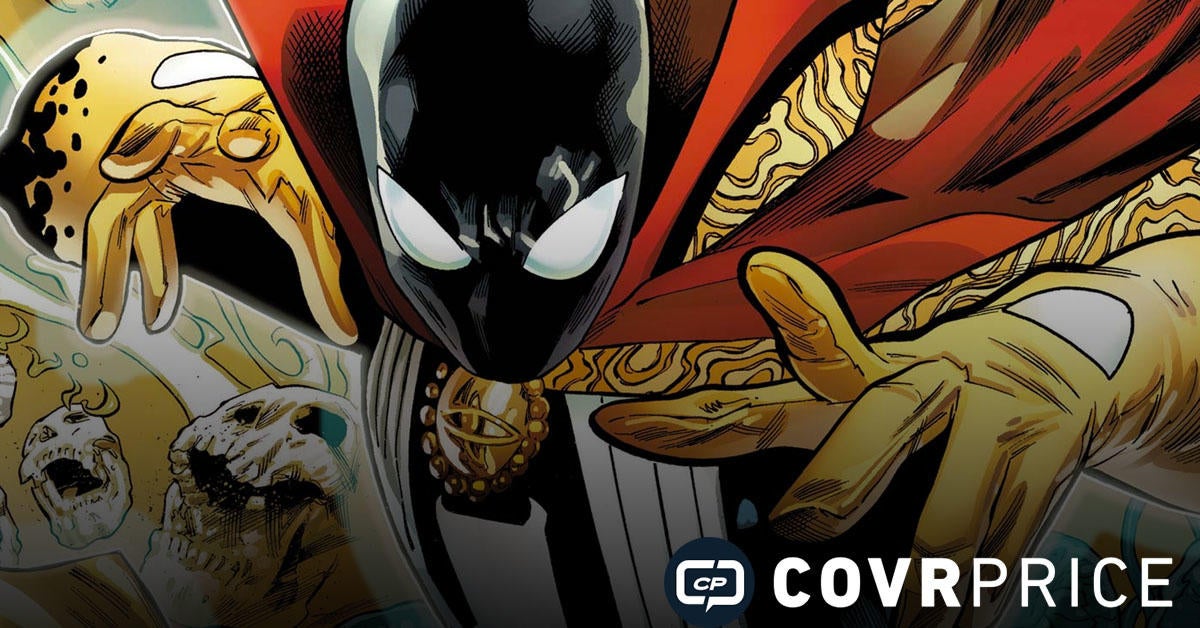[ad_1]
Je Museum: A Brief History of Crisis and Resilience is a book born out of the pandemic. Originally conceived in early 2020 as a snapshot of the current state of museums and their future direction, the project took on new meaning – and a new trajectory – as the coronavirus swept the world. “Like many people, I began to think back to the 1918 flu epidemic,” author Samuel Redman told The Guardian. “I was surprised to learn that few people had written about the impact of this pandemic on museums. As Covid continued to spread, I just couldn’t help but think about how museums had handled times of crisis in the past and how that would inform the current crisis and the issues they would face in the future. ‘coming.
What has emerged from this moment is a thin, taut work of scholarship that explores how museums have responded to crises both external and internal, beginning with the massive 1865 fire at the Smithsonian. Besides the Smithsonian fire and the Spanish flu, Redman also looks at cataclysms like the Great Depression, World War II, coronavirus, and nationwide protests over the death of George Floyd, as well as more existential crises like the culture wars of the 80s and 90s and museums’ own legacies as agents of colonialism and exploitation.
Through the sweep of these various pivot points, the Museum distills the core values and unique contributions that have kept this institution vital – and relatively cohesive – through decades of transformation. For Redman, emergencies are the perfect time to name these elusive qualities, because they are times when museums are forced to grapple with fundamental questions about their priorities, core clienteles, and core tasks.
“During crises, museums ask questions about power and who determines what stories are told or brought forward, who determines how these things are exhibited, framed and talked about,” he said.
“One of the reasons I’ve become so interested in the crisis is that these periods raise acute questions about what museums should be. They suddenly go from abstract questions to very concrete and real ones.
Regarding these pivot points, not all have the same utility. Redman believes that the Smithsonian fire and the Great Depression caused fundamental changes in how museums operate, as the 1918 pandemic and the 1970s art strike – a New York-based movement of artists against racism, sexism and the Vietnam War – didn’t inspire much lasting stuff. change or self-reflection. Overall, Redman judges that museums have coped relatively well with times of crisis, proving to be very resilient institutions that have stood the test of time as other elements of 19th-century life have been long forgotten.
One of The Museum’s fascinating insights is that as museums have become more enduring institutions in American cultural life, their crises have become more existential and inwardly focused. In earlier eras, the crises that predominated in museums tended to resemble fires that destroyed priceless buildings and artifacts, or wars and economic upheavals that shut down society and sap its resources. But as society transformed, with museums proliferating and developing an institutionalized status as purveyors of truth, they began to face different kinds of crises, injecting heavy doses of political and cultural warfare into their operations.
Redman exemplifies these new kinds of existential urges with Smithsonian’s attempted exhibit of the Enola Gay, the infamous plane that dropped an atomic weapon on Hiroshima. Scheduled for 1995, the 50th anniversary of the bombing, the exhibit was originally designed to contextualize the Enola Gay with a candid admission of the horror and tragedy it brought, including included photographs of atomic bomb victims that were enlarged and displayed to look as if they were even looking at the faces of museum visitors. However, the debate over what the Los Angeles Times called “the most controversial exhibit ever” became so acrimonious that the exhibit emerged only in a drastically truncated form, a soft presentation of the fuselage of the ‘Enola Gay, and nothing more.
Looking back on this disappointing episode, Redman concludes that museums that “have leaned into” such culture war controversies, using them to “consider more deeply their role in society” and “seek ways to thoughtfully approach difficult topics,” tended to emerge from the 80s and 90s are more powerful and resilient.
While the early chapters of The Museum read as more scholarly and informative, as Redman progresses through the arts strike of the 70s, the culture wars that ended in the last century, and the new challenges of the past two decades, the book takes a tone twist that nicely blends erudition with Redman’s personal voice. Although he writes largely with the aloof and unbiased prose of a historian, Redman becomes more assertive the closer he gets to present-day moments, seemingly more comfortable expressing his own opinion. Discussing the protests following the death of George Floyd, as well as the riot on Capitol Hill following Donald Trump‘s inflammatory speech, his frustration is apparent, and he challenges museums to consider their own past and seize their destiny as purveyors of truth to the communities around them.
To do this, museums need to engage in national debates as they unfold, and here Redman expects a lot of improvement. “There’s a lot of room for criticism,” he told me, “and I hope museums will continue to highlight issues of race and racism in their collections. Hopefully, this doesn’t turn out to be a one-off episode, but rather a longer, more continuous practice of dealing with issues of racism. There has been resistance to making these declarations permanent. I hope there will be a broader re-examination of museum priorities. Redman added that in addition to examining issues of systemic racism, “it’s important for museums to highlight LGBT history in the face of bills like the ‘don’t say gay’ bill in Florida. “.
Perhaps more than anything, The Museum demonstrates that crises come in multiple, often unexpected forms, and that the past does not necessarily guarantee the future. Knowing this, what pivot points, according to Redman, await museums? “It could be anything,” he said. “Spanish Flu was so forgotten in the memory of the museum because there was so much else going on at that time. So that meant when Covid came out we didn’t really think, and if there was a another major pandemic? We may see crises around the corner, but we cannot fully anticipate the challenges ahead. Future crises really could be anything, and that is hopefully the one of the points that this book clarifies.
[ad_2]
Source link







/cloudfront-us-east-1.images.arcpublishing.com/artear/SEC5YJJPMRF6NHZ3BBDWP2G6AQ.jpg)


